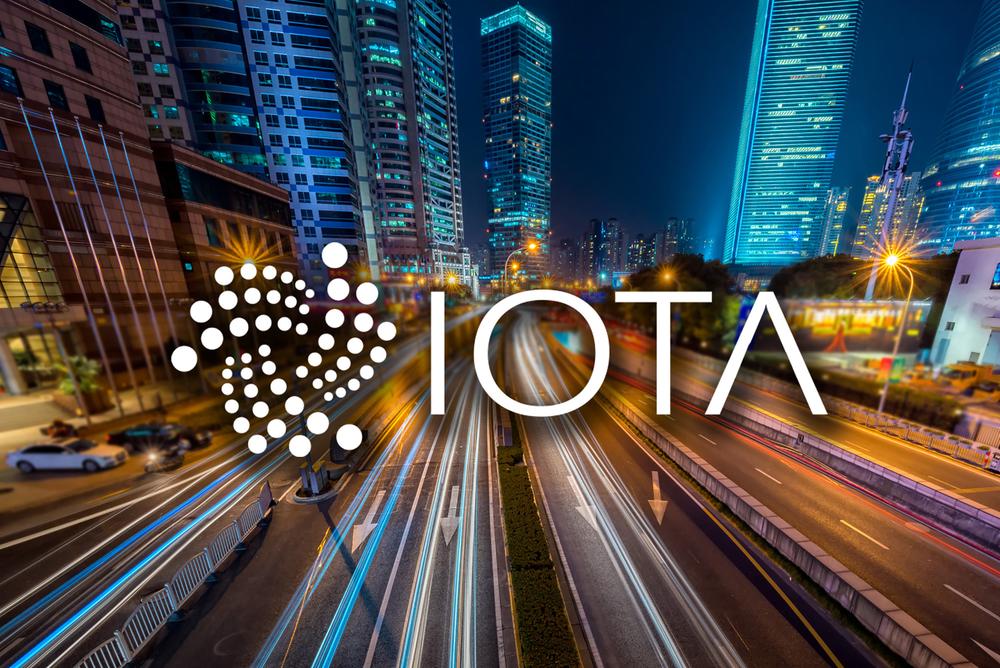- IOTA publishes a blog post explaining the three scientific papers that introduce the entire architecture of IOTA 2.0.
- The digital asset has failed to make any significant surge as the price continues to move sideways.
IOTA 2.0 is set to go live in the fourth quarter of this year. Prior to that, the Stardust hard fork is scheduled to occur on October 4th to lay the grounds for the launch of IOTA 2.0. In the latest blog post, the team has explained the foundation for this huge upgrade.
Setting the Stage for #IOTA 2.0! 🌐 Our latest blog post offers a comprehensive deep dive into the synergy of the Ledger, Networking, and Consensus Papers. Unravel the future of decentralization.
🔗https://t.co/zry1hrQziK pic.twitter.com/FiXelh76p1— IOTA (@iota) September 29, 2023
According to the team, the entire architecture of the ecosystem was built from scratch by researchers and developers. This implies that the upcoming network upgrade is a testament to their research progress. Speaking on this, the team explained the foundation of IOTA 2.0 is strongly embedded in three main scientific papers namely; The Network Paper, the Ledger Paper, and the Consensus Paper.
The Network Paper, for instance, proposes a framework concerning how the network maintains a decentralized ethos. This paper captures the IOTA Congestion Control Algorithm (ICCA). It ensures that transactions are vetted for authenticity before progressing to the consensus stage. This ensures that all malicious inputs are eliminated.
This preliminary evaluation is vital for maintaining the integrity of a decentralized system like IOTA 2.0, ensuring a clean slate of transactions for the subsequent phase. Once vetted by the ICCA, these transactions are directed towards the main consensus process, as elaborated in the Consensus Paper. Given that these transactions are pre-filtered, the consensus stage can now focus on validation and verification without being bogged down by questionable inputs.
More on the IOTA 2.0 Research Papers
Some of its facets mentioned in the blog post are efficient congestion control, resource-aware mechanism, decentralization at its peak, Lightweight Scheduler Protecting the P2P Network, Local Traffic as a Mirror of Global Congestion, Permissionless Access, Built-in Resistance to Spam. The last facet is built to drop blocks selectively.
In the event of congestion, either due to spamming or high traffic, IOTA’s protocol is designed to selectively drop blocks. When the inbox buffer becomes full, the protocol drops a block from the queue with the greatest work divided by the user’s Mana. The paper demonstrates that these blocks, especially those created by malicious users, are dropped without hampering the throughput of genuine users.
The Ledger Paper is also said to be the cornerstone of the entire network, built to introduce significant departure. Its facets are Reality-Based Ledger, Fast, and Parallelizable Ledger Progression, Optimistic Execution of Transactions, and Optimistic Processing as a Mitigation Strategy. This is said to set the IOTA 2.0 apart from other packs.
The final one, which is the Consensus Paper, is termed the leaderless Nakamoto Consensus on IOTA 2.0. Its facets are Heaviest DAG, Leaderless Consensus Mechanism, Streamlining Conflict Resolution in IOTA, No Need for Total Ordering, and Enhanced Network Responsiveness.
In an update, IOTA 2.0 Introduced a new architecture made up of three layers namely the Application layer, the Communication Layer, and the Network Layer. This is meant to provide support for the upcoming features including “Tokenization, Scalable Smart Contracts, Feeless dApps, and Sharding.”
IOTA is currently trading at $0.1544 and has surged by 2 percent in the last seven days. In the last 24 hours, the asset has gained nearly 3 percent.
Recommended for you:
Subscribe to our daily newsletter!
No spam, no lies, only insights. You can unsubscribe at any time.




